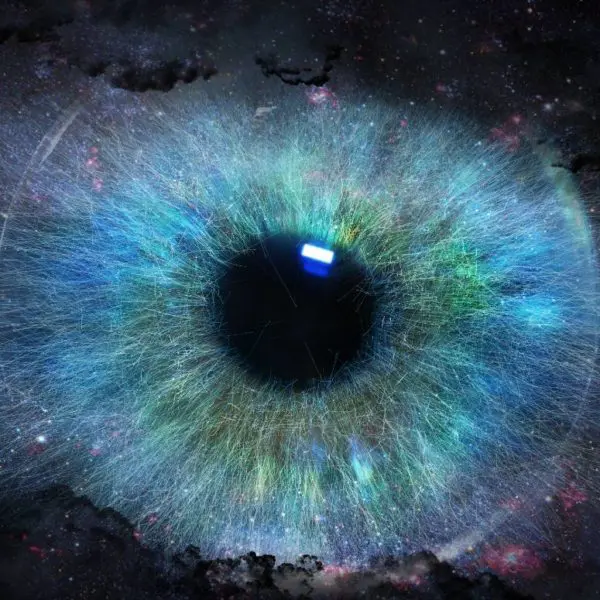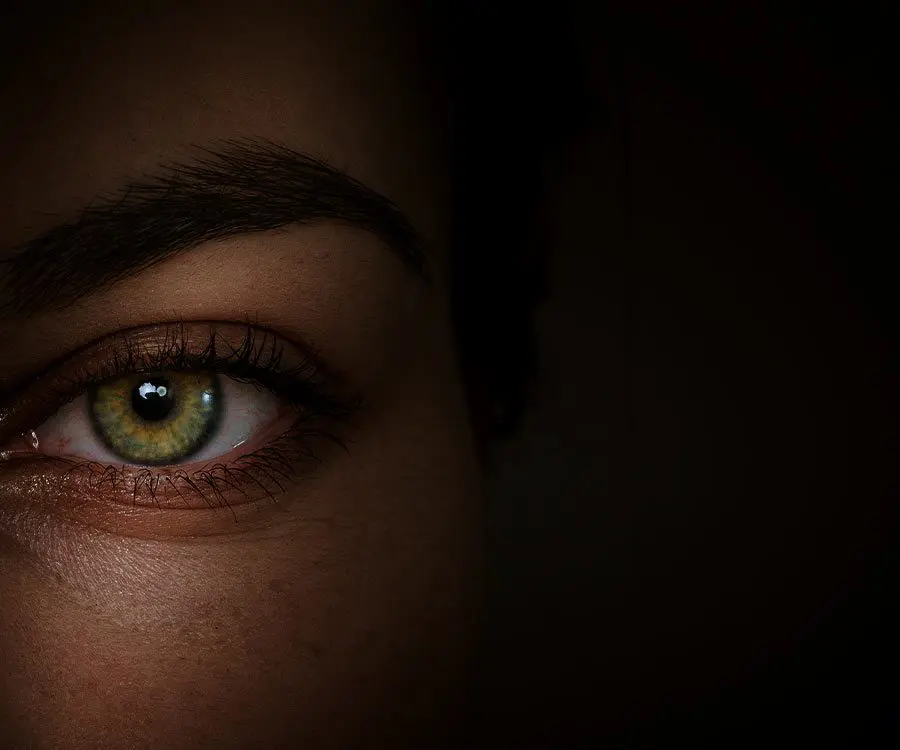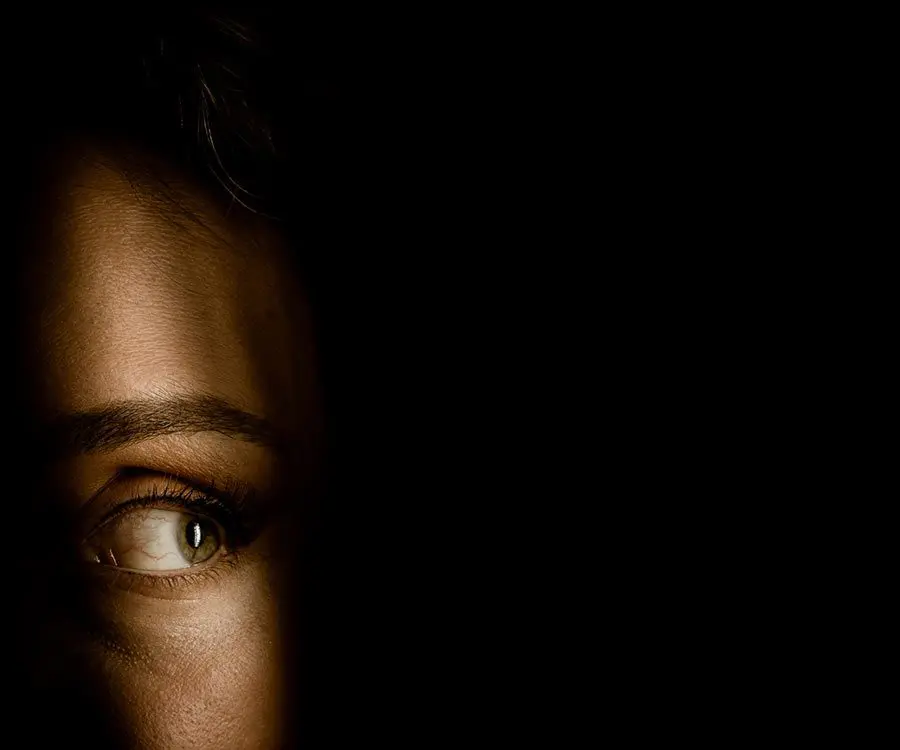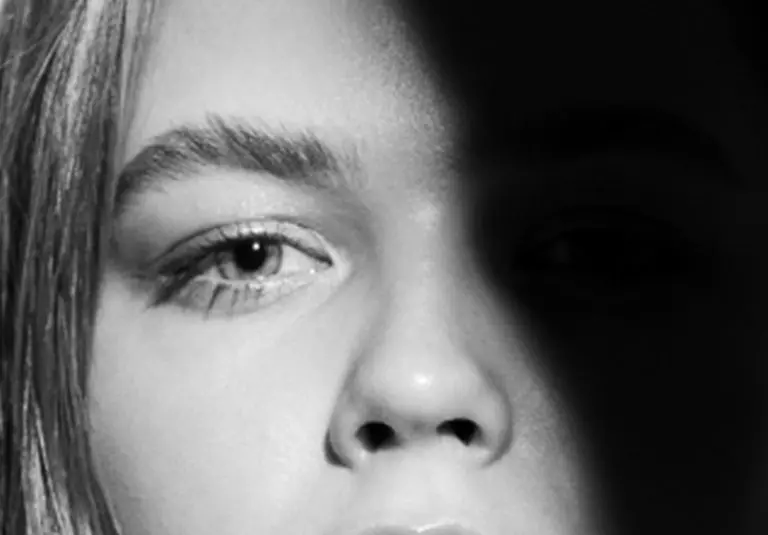
- Eyecare Tips & Tricks

- News
Understanding Glaucoma: Exploring Treatment Options and the Quest for a Cure

Introduction
Glaucoma, often referred to as the “silent thief of sight,” is a group of eye conditions that damage the optic nerve, leading to gradual vision loss. As one of the leading causes of irreversible blindness worldwide, glaucoma poses a significant public health challenge. One burning question remains on the minds of many affected individuals: Can glaucoma be cured? In this comprehensive exploration, we delve into the current state of glaucoma treatment, ongoing research, and the elusive pursuit of a definitive cure.
Understanding Glaucoma
Before we dive into the possibility of a cure, it’s crucial to understand what glaucoma is and how it affects the eyes. Glaucoma is a group of eye disorders characterised by elevated intraocular pressure (IOP), which, over time, damages the optic nerve—a crucial part of the visual system. The optic nerve is responsible for transmitting signals from the eyes to the brain, allowing us to perceive images.
There are several types of glaucoma, with primary open-angle glaucoma (POAG) and angle-closure glaucoma being the most common. POAG, the more prevalent form, progresses slowly and often without noticeable symptoms until significant vision loss occurs. On the other hand, angle-closure glaucoma is more abrupt and can lead to rapid vision impairment, accompanied by symptoms like severe eye pain and headaches.
Current Treatment Approaches
While there is no definitive cure for glaucoma, various treatment options aim to manage the condition and prevent further vision loss. The primary goal of treatment is to lower intraocular pressure, as elevated pressure is a key risk factor for optic nerve damage.
1. **Medication:** Eye drops, oral medications, and in some cases, a combination of both, are commonly prescribed to reduce intraocular pressure. These medications may either decrease the production of aqueous humor (the fluid inside the eye) or improve its drainage.
2. **Laser Therapy:** Laser procedures such as Selective Laser Trabeculoplasty (SLT) and Peripheral Iridotomy (PI) are used to enhance the drainage of aqueous humor, thus lowering intraocular pressure. SLT can be offered first line to avoid the use of taking drops and PI to avoid sight threatening acute pressure rises.
3. **Surgery:** In cases where medications and laser therapy prove ineffective, surgical interventions like trabeculectomy or implantation of drainage devices may be considered. These procedures aim to create new drainage pathways for the aqueous humor, reducing intraocular pressure.
Can Glaucoma be Cured?
The fundamental question of whether glaucoma can be cured continues to challenge the medical community. As of now, there is no known cure that can completely reverse the optic nerve damage caused by glaucoma. However, ongoing research and advancements in the field offer hope for improved treatment outcomes and potentially a cure in the future.
1. **Neuroprotection and Regeneration:** Researchers are exploring neuroprotective agents that can shield the optic nerve from damage and stimulate its regeneration. Various experimental drugs and therapies are being investigated to promote the survival of retinal ganglion cells, the cells in the retina that make up the optic nerve.
2. **Stem Cell Therapy:** Stem cell research holds promise in regenerative medicine, and scientists are exploring the potential of using stem cells to repair damaged optic nerves. While still in the early stages of development, stem cell therapy could revolutionize the treatment of glaucoma by promoting tissue repair and regeneration.
3. **Gene Therapy:** Advancements in genetic research have paved the way for exploring gene therapy as a potential treatment for glaucoma. Targeting specific genes associated with elevated intraocular pressure and optic nerve damage may provide a novel approach to managing and potentially curing the condition.
4. **Innovations in Imaging Technology:** Early detection is crucial in managing glaucoma, and advancements in imaging technology are aiding in the identification of subtle changes in the optic nerve and retinal structure. This allows for timely intervention and better preservation of vision.
Challenges in the Quest for a Cure
While there is optimism in the ongoing research and emerging treatments, several challenges persist in the quest for a cure for glaucoma.
1. **Complexity of the Disease:** Glaucoma is a multifaceted disease with various contributing factors, making it challenging to pinpoint a singular cure. The complexity of its mechanisms and the individualized nature of its progression pose significant hurdles.
2. **Limited Understanding of Optic Nerve Regeneration:** Despite progress in neuroprotection and regeneration research, there is still much to learn about the intricacies of optic nerve regeneration. Unlocking the mysteries of nerve repair remains a crucial aspect of developing a definitive cure.
3. **Long-Term Efficacy and Safety:** Many experimental treatments are in the early stages of clinical trials, and their long-term efficacy and safety profiles are yet to be fully established. Ensuring the safety of potential cures is paramount to prevent unintended side effects.
Conclusion
In conclusion, while there is currently no cure for glaucoma, significant strides have been made in understanding the disease and developing effective treatments to manage its progression. The combination of medication, laser therapy, and surgery has proven successful in many cases, allowing individuals with glaucoma to maintain their vision and quality of life.
The ongoing research into neuroprotection, stem cell therapy, gene therapy, and innovative imaging technologies provides hope for the future. The ultimate goal remains finding a definitive cure that can reverse the optic nerve damage caused by glaucoma and restore full visual function.
As we navigate the complexities of glaucoma, continued support for research, awareness, and regular eye screenings are crucial. By staying informed and proactive, individuals can work together with the medical community to push the boundaries of knowledge and bring us closer to the day when glaucoma can be not just managed but cured.
Reviews







